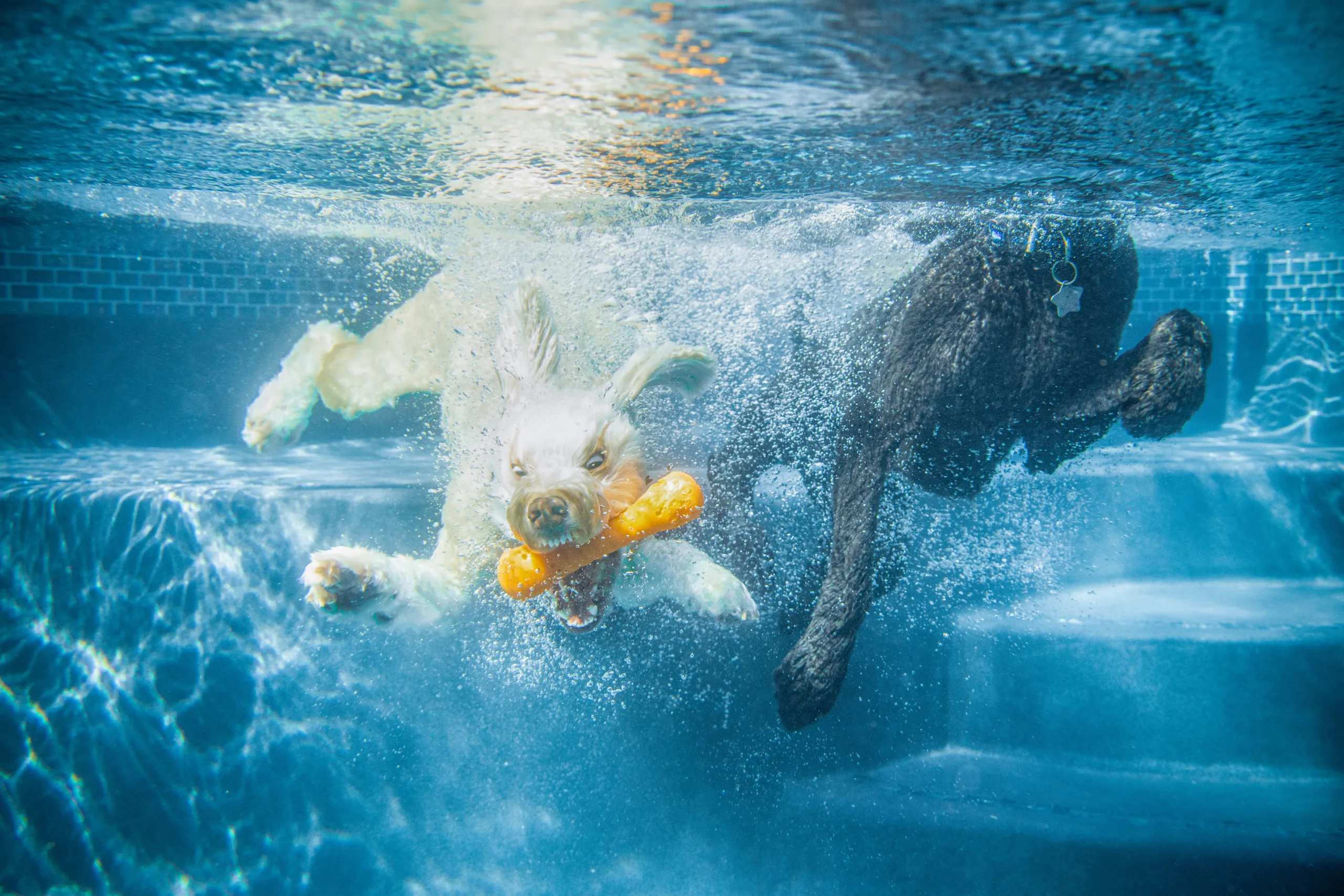Introduction
The world of dogs is riddled with fascinating behaviors and biological wonders. One such curiosity revolves around their ability to hold their breath, especially in contexts where water is involved. Dogs are known for their adaptability, and their respiratory system is no exception. In this article, we delve into the science behind how long dogs can hold their breath, their interactions with water, and the mysteries surrounding their respiration.
For more about dogs click here
The Anatomy of Dog Respiration
Dogs, like humans, possess lungs that facilitate the exchange of oxygen and carbon dioxide. The diaphragm, a muscular structure, plays a pivotal role in expanding and contracting the lungs during breathing. However, dogs have a higher respiratory rate compared to humans, partly due to their smaller lung capacity.
Factors Influencing Breath Holding
The duration a dog can hold its breath varies based on several factors, including breed, age, health, and physical exertion. Smaller breeds might have less lung capacity, while younger and healthier dogs may possess more efficient respiratory systems.
Breath Holding vs. Submergence: Dogs and Water
Unlike humans, dogs don’t have a conscious ability to hold their breath as a deliberate action. When dogs are underwater, they rely on their instinctual diving reflex. This reflex triggers a slower heart rate and redirects blood flow to vital organs, extending their submersion time. However, they are not consciously controlling their breath during this process.
Human vs. Canine Breath Holding
Humans typically hold their breath for shorter durations compared to dogs. On average, a trained human free diver might hold their breath for around 2 to 3 minutes. In comparison, some dog breeds have been observed holding their breath for 5 to 10 minutes or longer when utilizing the diving reflex.
When Dogs Hold Their Breath: Causes and Concerns
Dogs might appear to hold their breath due to various reasons, such as fear, anxiety, or discomfort. If your dog is holding its breath frequently or for extended periods, it’s essential to consult a veterinarian, as this could indicate an underlying health issue.
The Mystery of Still Breathing: Unconscious States in Dogs
It’s possible for dogs to enter unconscious states while still breathing. For example, fainting or collapsing due to certain medical conditions can result in altered consciousness while their respiratory system continues to function. If your dog experiences such episodes, seeking prompt veterinary attention is crucial.
Canine Intuition: Dogs and Human Breath
Dogs have a remarkable ability to pick up on subtle cues from humans, including changes in breathing patterns. Some dogs have been trained to detect medical emergencies, such as seizures, by recognizing changes in their owner’s breath.
FAQs About Dog Breath Holding
1. How long can a dog go without breathing?
Dogs don’t consciously hold their breath like humans do. However, the diving reflex can extend their submersion time, allowing some breeds to stay underwater for several minutes.
2. Is it okay for dogs to put their head under water?
Dogs have a natural diving reflex that allows them to tolerate brief submersion. However, it’s important to supervise dogs near water and ensure their safety.
3. How long can humans hold their breath?
Trained human free divers can hold their breath for around 2 to 3 minutes. Untrained individuals usually hold their breath for a shorter duration.
4. Why is my dog holding his breath?
Dogs might hold their breath due to fear, anxiety, discomfort, or medical conditions. Consult a veterinarian if this behavior persists.
5. Why is my dog dead but still breathing?
Unconsciousness or altered mental states can cause a dog to appear motionless while still breathing. Seek immediate veterinary attention if you suspect your dog is in distress.
6. Can a dog tell if you stop breathing?
Dogs are sensitive to changes in their environment, including their owner’s behavior and breathing patterns. Some dogs have been trained to detect medical emergencies by recognizing breath changes.
Exploring Further: Respiration and Canine Wellness
Understanding canine respiration is a gateway to better comprehend their overall health and behavior. Regular veterinary check-ups, maintaining a healthy lifestyle, and providing a stress-free environment contribute to your dog’s well-being.
External Links for Further Respiration Insights
Conclusion
While dogs may not consciously hold their breath like humans, their respiratory adaptations are marvels of nature. The diving reflex allows certain breeds to submerge for extended periods, showcasing their remarkable ability to adapt to their surroundings. By appreciating the intricacies of canine respiration, we deepen our understanding of these remarkable companions.
